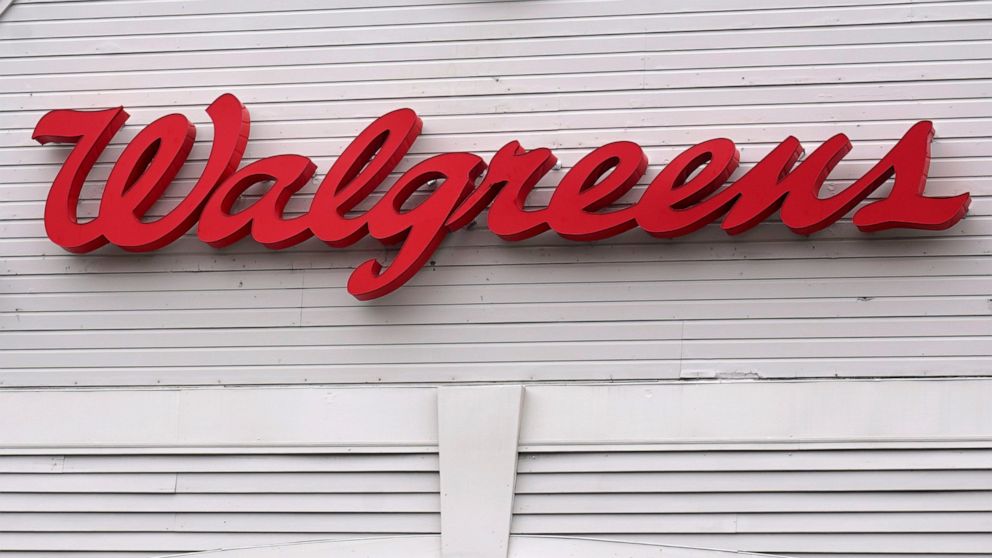Tests and vaccines push Walgreens past expectations in 2Q
A surge in demand for COVID-19 tests and vaccines helped Walgreens deliver a better second quarter than Wall Street expected
A surge in demand for COVID-19 tests and vaccines helped Walgreens deliver a better second quarter than Wall Street expected.
But that boost from the ongoing pandemic isn’t expected to last, and the drugstore chain stuck to a 2022 outlook issued earlier. Company leaders also told analysts that Walgreens’ big shift into delivering more care was too recent to see measurable growth in prescriptions or customer store visits.
Company shares slid 6% at the opening bell Thursday.
Sales climbed 3% in the quarter that ended in February, as customers spent money on at-home COVID-19 tests as well as cold, flu and beauty products. The company also administered 11.8 million vaccines in the quarter, which boosted pharmacy sales as the omicron surge of the virus peaked in the U.S.
Revenue from the company’s Boots stores in the United Kingdom also jumped as more customers returned to stores even though restrictions to fight omicron were in place for much of the quarter.
Walgreens CEO Rosalind Brewer said in January that the company was exploring “strategic options” for Boots, which it acquired several years ago. She said Thursday that the review was progressing well.
Walgreens pulls in most of its revenue from retail pharmacies in the U.S., where it runs nearly 9,000 stores.
The company is expanding the care it provides at those locations. It has added more than 100 primary care clinics to its stores as part of a deal with VillageMD. Walgreens also expects to open a new clinic every three days as it moves toward 200 by the end of this year.
Walgreens, like main rival CVS Health, is trying to become a steady resource in the fragmented U.S. health care system for customers who want to improve their health or keep chronic problems in check.
Employers and health insurers have been pushing for this as a way to control costs and keep people healthy.
But Brewer told analysts Thursday it was too early to see an impact from this on prescription volume in its stores.
The company’s sales and profit growth could remain muted for a while due to these investments and tough comparisons to the previous year’s quarters, Edward Jones analyst John Boylan said in a research note.
“This is not a surprise to us, and we believe investing in the future is the right thing to do,” Boylan said.
Overall, Deerfield, Illinois-based Walgreens Boots Alliance Inc. reported adjusted earnings of $1.59 per share in its fiscal second quarter, as net income fell about 14% to $883 million.
Revenue climbed to $33.76 billion.
Wall Street had projected earnings of $1.39 per share on $33.23 billion in revenue, according to FactSet.
Walgreens also said Thursday that it was maintaining its forecast for low-single digit full-year adjusted EPS growth.
Analysts forecast adjusted earnings of $5.02 per share for Walgreens’ full fiscal year, which ends in August. That would represent about 2% growth from last year.
Company shares tumbled more than 5% to $44.88 Thursday in late morning trading. The Dow Jones Industrial Average, of which Walgreens is a component, fell less than 1%.
———
Follow Tom Murphy on Twitter
![]()


